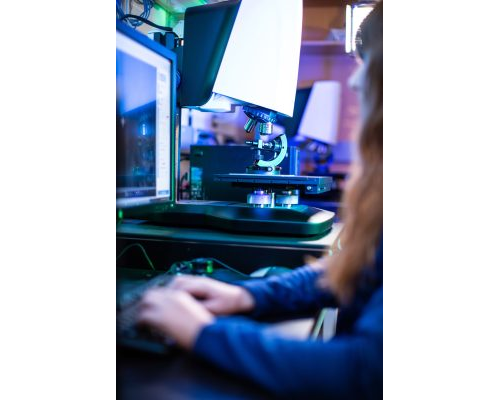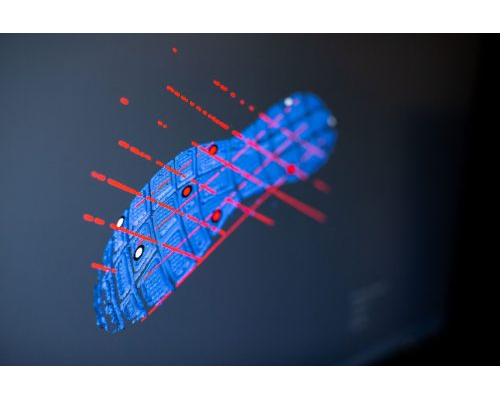CONTACT
Jeni Maiers
Communications Specialist
jamaiers@iastate.edu
CSAFE BACKGROUND
CSAFE works to build a statistically sound and scientifically solid foundation for the analysis and interpretation of forensic evidence. Fair administration of justice requires scientifically valid methods to analyze evidence, relevant databases to support the analyses and appropriate interpretations of the results. In the past — and the present — faulty evidence and invalid inferences derived from the evidence threaten justice. Through research focused on probability and statistics for pattern and digital evidence, cross-cutting issues in the field, and training and education, CSAFE strives to develop stronger scientific foundations, more-objective methods of evidence analysis, and a greater understanding of how to interpret and communicate findings.
Founded in 2015 and partially funded by a cooperative agreement between NIST and Iowa State University, CSAFE is part of a national effort to infuse statistical thinking and rigorous, science-based standards into forensic practice. More than 80 researchers across scientific disciplines collaborate toward CSAFE goals.
BIOGRAPHIES
Alicia L. Carriquiry
CSAFE Director / Distinguished Professor of Statistics, Iowa State University
As the director and lead investigator at CSAFE, Dr. Carriquiry provides her scientific oversight and research expertise to the organization. She is a distinguished professor of liberal arts and sciences and a professor of statistics at Iowa State University. She serves on the OSAC subcommittee on materials and trace evidence and was recently named to the National Academy of Medicine and elected as a fellow to AAAS.
Research reports:
Weighing the Evidence: Forensic Analysis of Bullet Lead (2004)
Ballistic Imaging (2008)
Karen Kafadar
CSAFE Co-Director / Commonwealth Professor and Chair of Statistics, University of Virginia
Karen Kafadar is a Commonwealth Professor and the Chair of Statistics at the University of Virginia, Charlottesville. Her research focuses on robust methods; exploratory data analysis; characterization of uncertainty in the physical, chemical, biological and engineering sciences; and methodology for the analysis of screening trials, which includes awards from the Centers for Disease Control and Prevention, American Statistical Association (ASA), and American Society for Quality. She was a former member of OSAC’s Forensic Science Standards Board (2014-2018) and former chair of the ASA’s Committee on Statistics in Forensic Science. She is presently Editor-in-Chief of The Annals of Applied Statistics and was 2019 President of the American Statistical Association.
Research reports:
Weighing the Evidence: Forensic Analysis of Bullet Lead (2004)
Strengthening Forensic Science in the United States: A Path Forward (2009)
Review of the Scientific Approaches Used During the FBI’s Investigation of the Anthrax Letters (2011)
Identifying the Culprit: Assessing Eyewitness Identification (2014)
Hal S. Stern
CSAFE Co-Director / Interim Provost and Executive Vice Chancellor and Chancellor’s Professor of Statistics, University of California, Irvine
Hal Stern is the Interim Provost and Executive Vice Chancellor and Chancellor’s Professor of Statistics at the University of California, Irvine. Dr. Stern is known for his research in Bayesian statistical methodology and model assessment techniques, and his current areas of research include applications of statistical methods in psychiatry and human behavior and forensic science. He has significant experience in addressing the role of statistical methods in the practice of forensic science. He has been a member of the Physica/Pattern Interpretation Scientific Advisory Committee (PSAC) of the Organization of Scientific Advisory Committees for Forensic Science from the formation of that committee in 2014. The PSAC is an interdisciplinary group that reviews proposed standards and best practices in the pattern disciplines.
Research reports:
Latent Print Examination and Human Factors: Improving the Practice (2012)
Brandon Garrett
CSAFE Co-Director / L. Neil Williams, Jr. Professor of Law, Duke University
Brandon L. Garrett serves as the L. Neil Williams, Jr. Professor of Law at Duke University, where he is the founder and Director of the Center for Science and Justice. Garrett’s research and teaching focuses on forensic science, eyewitness identification, corporate crime, constitutional rights and habeas corpus, and criminal justice policy. Garrett’s work has been widely cited by courts, including the U.S. Supreme Court. Garrett also frequently speaks about criminal justice matters before legislative and policymaking bodies, groups of practicing lawyers, law enforcement, and to local and national media. He is involved with a number of law reform initiatives, including the American Law Institute’s project on policin
Robin Mejia
CSAFE Co-Director / Director, Program in Statistics and Human Rights, Carnegie Mellon Center for Human Rights Science
Robin Mejia’s work with CSAFE focuses on improving proficiency testing and forensic statistics education. She also directs the program in Statistics and Human Rights at the CMU Center for Human Rights Science, where she studies incarceration, and she teaches survey design and analysis. Mejia is co-chair of the Committee on Scientific Freedom and Human Rights for the American Statistical Association. Prior to earning a PhD in biostatistics at UC Berkeley, she worked as a science journalist, including covering challenges to the forensic use of comparative analysis of bullet lead for the LA Times in in 2003. Her 2005 CNN documentary “Reasonable Doubt,” which covered additional challenges in forensic science, won the Livingston Award.
Keith Morris
CSAFE Co-Director / Ming Hsieh Distinguished Teaching Professor of Forensic & Investigative Science, West Virginia University
Dr. Keith Morris serves as a co-director of CSAFE, overseeing center activities at West Virginia University. His research interests are focused on the interpretation of physical evidence and how multiple types of evidence are interrelated. Dr. Morris’ interest in evidence types centers on firearms evidence, ballistics, and latent fingerprint identification and utilizing systems such as AFIS, IBIS, and confocal microscopy that relate directly to his research focus. He also serves as the Ming Hsieh Distinguished Teaching Professor of Forensic & Investigative Science at WVU.
FACT SHEET
10 collaborative research university partners
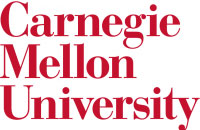


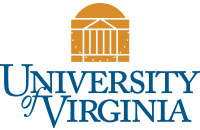
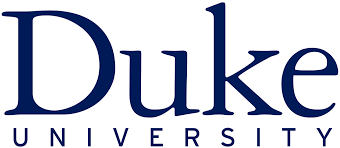



11 US and international partner agencies
80+ researchers across scientific disciplines
Undertaking 32 active research projects addressing probability and statistics for pattern and digital evidence, implementation and practice, statistical foundations, and training and education.
CSAFE is building new probabilistic methods and statistical tools to help forensic scientists analyze:
- Firearms and Toolmarks
- Footwear Impressions
- Bloodstain Patterns
- Latent Prints
- Handwriting
- Mobile Apps
- Steganography
- Digital Event Data
To date, CSAFE has provided hands-on training in basic probability and statistics concepts for 619 forensic science practitioners and 230 law professionals world-wide.
GRAPHIC LIBRARY
PAST MEDIA COVERAGE
CSAFE Announces Call for Abstracts for Special Issue of Law, Probability & Risk
“Most Forensic Science Is Bogus. Will New Federal Rules Help?” – Gizmodo, March 16, 2018
“Winners of the 10th annual Women in Innovation awards” – Business Record, November 14, 2017
“New UVA Law Research May Test Jurors’ Faith in Forensics” – University of Virginia, July 6, 2017
“Label the limits of forensic science” – Nature International Weekly Journal of Science, April 2017
“Forensice Science Controversies” – CQ Researcher, February 2017, Vol. 27, Issue 6
“HM The Queen opens Leverhulme Centre for Forensic Science” – University News, July 6, 2016
“Invalid Forensic Science Testimony and Wrongful Convictions” – Virgina Law Review: March 2009, Vol 95, No 1
“Statiticians and Forensic Science: A Perfect Match” – CHANCE






